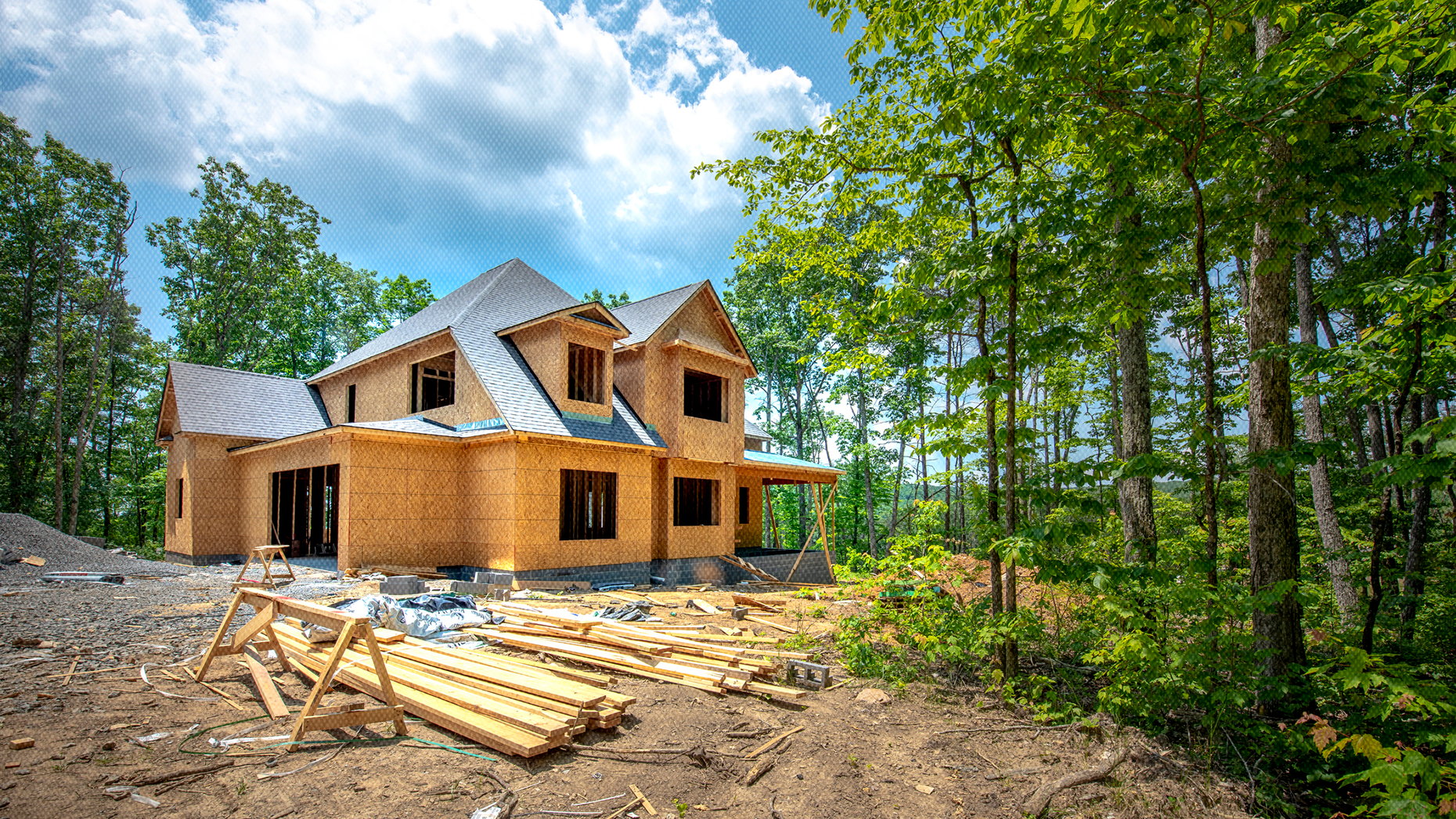
Employers added 16,700 residential construction jobs in May on a seasonally adjusted basis, nearly doubling the national rate of job growth, according to new Department of Labor figures.
Rising mortgage rates in recent months have taken a toll on new residential construction projects, but builders continue to scoop up labor wherever they can find it.
Homebuilders and contractors added roughly 16,700 residential construction jobs in May on a seasonally adjusted basis, a hiring pace that nearly doubled that of the nation at large, according to the U.S. Department of Labor’s latest jobs report.
Real estate employers accounted for a significant chunk of nation-wide hiring. The U.S. economy added 390,000 new jobs to non-farm payrolls in May, a 0.3 percent increase from the previous month after accounting for seasonal trends.
“Although housing inventory is beginning to increase, demand continues to exceed supply even as mortgage rates have spiked,” Mortgage Bankers Association Chief Economist Mike Fratantoni said in a statement. “The continued strength in the job market will provide ongoing support to housing demand.”
This fast-paced hiring in residential construction in May came a month after a noticeable dip in homebuilding activity. The month of April saw declines in the number of new construction permits, new housing starts and completed housing projects, according to numbers from the U.S. Census Bureau.
And despite the recent hiring spree, the outlook for future new home construction may be worsening as well.
In their latest housing forecast, Fannie Mae economists said they expect the number of new home sales to dip by 1 percent in 2022 before taking a steeper downturn of 13 percent in 2023.
But for now, builders and contractors appear to need the extra labor — and they’re willing to pay for it, First American Deputy Chief Economist Odeta Kushi said in a statement.
“The annual growth in average hourly earnings of production and non-supervisory employees in construction picked up this month to its highest pace since 1982,” Kushi said in the statement. “The construction industry faces a shortage of skilled workers, and one way to attract and retain employees is to pay more.”
Still, the rise in construction wages hasn’t been enough to retain workers in recent months, Kushi added. Quit rates remained high in April throughout the construction industry as a backlog of unfinished homes remained in the pipeline.
A wave of demand for home improvement projects may be starting to slow as well. Home and garden retailers have had an unusually slow three months in hiring, especially compared to the nation as a whole. These stores shaved 7,300 seasonally adjusted jobs from their payrolls from April to May.
Furniture and home furnishing stores saw similar rate of reduction in their payrolls, amounting to a reduction of 2,100 jobs on a seasonally adjusted basis over the same period.
Meanwhile, real estate service providers — a category that includes brokerages — added a seasonally adjusted 7,400 new workers last month. This 0.4 percent monthly increase roughly matched the sector’s previous month of hiring growth, and exceeded the national rate of job growth.
Email Daniel Houston
